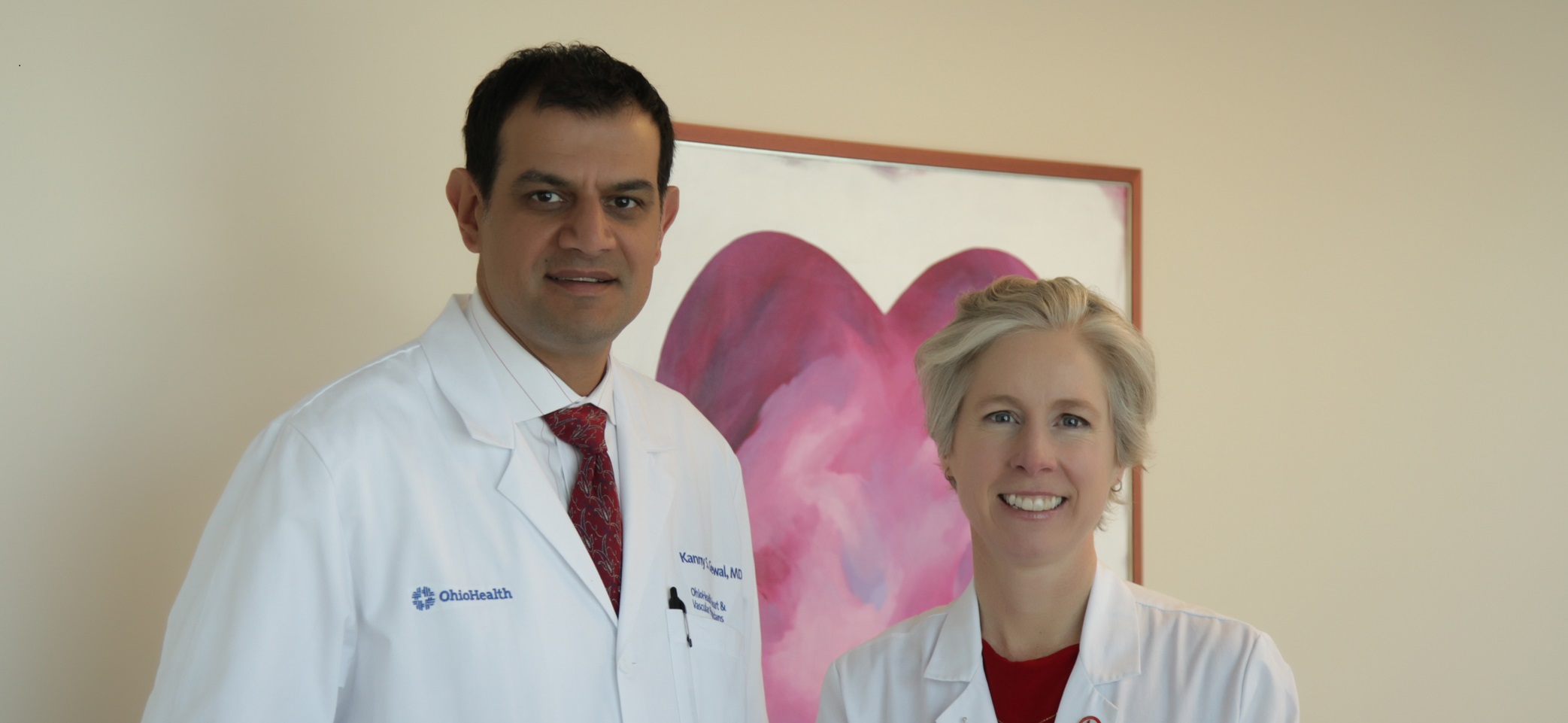
Physicians talk about patients with heart failure (HF) when describing someone with shortness of breath, inability to exert physically without having shortness of breath, or also experiencing fluid retention (leg swelling, increased waist size).
Non-physicians (my husband for example) hear about ‘heart failure’ and imagine death, or heart stopping like in sudden cardiac death. The terms could be better, but for now are used as above for physicians and for HeartHealth Doctors followers: Heart Failure refers to symptoms of shortness of breath (dyspnea) or fluid retention either due to reduced (r) heart pumping function (also termed Ejection Fraction or EF) (HFrEF) or preserved (p) EF but ineffective heart pumping function (HFpEF).
Heart failure is one of the most common reasons for hospitalization and is more common as people get older. In the US more than 6 million adults have HF.
HeartHealth Doctors blog has information regarding the benefits of exercise and heart healthy lifestyle as powerful ways to prevent symptoms from heart issues.
For the first time, the Women’s Health Initiative program (WHI) has reported benefit of physical activity specifically walking, for post menopausal women to prevent HF.
Physical Activity and Incidence of Heart Failure in Postmenopausal Women (J Am Coll Cardiol HF 2018;6:983–95) reports findings from WHI that support regular physical activity – reported as recreational physical activity by participants – as a powerful means of reducing Heart Failure risk (both HFrEF and HFpEF).
The findings again support exercise (physical activity) as medicine – without potential side effects, and with a good dose response (more activity time, less chance to develop Heart Failure).
The study looked prospectively at the women, and the following list are possible ways physical activity impacts risks for developing heart failure. As HeartHealth Doctors have outlined, physical activity improves risk factors for heart disease, and as pointed out in the Clinical Research Study, for Heart Failure-
Exercise or physical activity helps prevent or manage:
Obesity
Blood pressure
Glucose / blood sugar regulation
Inflammation and Oxidative stress
Left ventricular compliance (heart pumping/relaxing function)
Arterial function
Aerobic capacity
Skeletal muscle function
Coronary Heart Disease
Diabetes
Atrial fibrillation
The researchers removed participants who were unable to walk 1 block prior to enrollment.
They included post menopausal women age ~50-79 years at start of the study and followed the group for 15 years with surveys.
The study highlights new benefit to heart healthy habits of exercise and physical activity; still the best way to multi task for your heart health.
How much physical activity is enough?
The study suggests volume of activity is a good focus rather than intensity – just walk for example work toward the authors’ goal of ‘brisk walking (3.3 mph on level ground) with the target of achieving 30 min/day on 5 or more days of the week.’
Benefit was shown with regular walking pretty much in line with current guidelines of 150 minutes per week; which can be 10 minutes twice a day or 30 minutes 5 days per week ~ now a big study shows one more of so many reasons to be physically active.
Physical Activity and Incidence of Heart Failure in Postmenopausal Women (JACC: Heart Failure December 2018)
J Am Coll Cardiol HF 2018;6:983–95


 As we prepare for Thanksgiving (and in my case, the Thanksgiving Day Turkey Trot!) there is some good news on exercise and aging. We know that lifelong regular exercise can reverse many of the effects of aging – at least in “elite” or professional lifelong athletes. But what about “regular people” who commit to a lifestyle of regular activity? Can their bodies become “younger” too?
As we prepare for Thanksgiving (and in my case, the Thanksgiving Day Turkey Trot!) there is some good news on exercise and aging. We know that lifelong regular exercise can reverse many of the effects of aging – at least in “elite” or professional lifelong athletes. But what about “regular people” who commit to a lifestyle of regular activity? Can their bodies become “younger” too? bodies (specifically, muscle tissue) of older individuals who had remained active though regular leisurely activities. The main findings, according to
bodies (specifically, muscle tissue) of older individuals who had remained active though regular leisurely activities. The main findings, according to